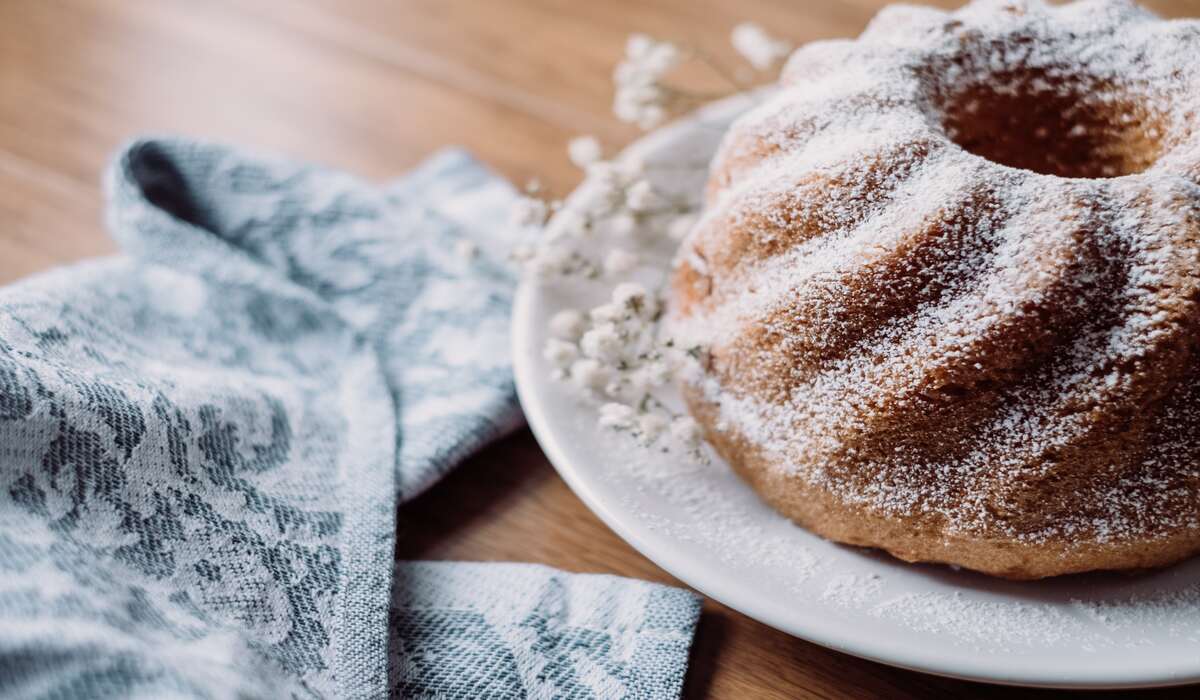Table of Contents
With mold in at least half of all homes in the United States, it’s important for homeowners to be mindful and take preventative measures. Not only does this fungus present an eyesore, but certain types can also cause severe health complications even putting lives at risk. Being proactive is essential when it comes to keeping your home free from dangerous levels of mold growth. Prevent mold growth in your home can be a costly affair. Beyond the physical damage it brings, you may find yourself forced to spend thousands on renovations just to get back up and running.
However, there are some simple steps one could take that will help keep such an accident from occurring.
Homeowners looking to stay healthy and financially secure should consider these seven smart preventive measures against mold. Taking these proactive steps can save time, money, and peace of mind in the long run. If you suspect any mold presence, you should call a home inspector or mold inspection company for an urgent inspection.
Measure Indoor Humidity
While its common knowledge that spilled liquids and broken pipes can lead to hazardous mold growth, many homeowners don’t realize how much of an impact the humidity in their home has on this issue. High levels of moisture rich air provide prime conditions for encouraging a molded environment regardless of any visible water sources.
Effective mold prevention is as simple as regularly checking the humidity of your home. Invest in a hygrometer, an affordable device that measures indoor humidity in real time. Place it somewhere visible like the living room or bedroom and make sure to check its readings on a day-to-day basis for maximum efficiency against any potential mold growth.
If humidity levels in your home are too high, it could precipitate a perfect storm for mold growth. To avoid this scenario, the EPA recommends maintaining indoor air between 30-50% relative humidity to keep nasty fungi at bay.
Open The Windows
Poor ventilation can be a breeding ground for mold, as moist air and condensation create the perfect conditions. Without proper airflow to disperse excess water vapor, your windows and walls may become saturated with moisture leading to unwanted growth of microorganisms. To prevent this from happening, ensure adequate ventilation in order to keep mold at bay.
Fresh air is essential to maintaining good indoor ventilation. Combat stale, stuffy air by opening your windows and allowing natural airflow into your home. Not only will this help circulate the air but it can also regulate humidity levels for a more pleasant living environment.
Even though opening windows during cold months might not be an option, you can still keep air circulating in your home without sacrificing comfort. Utilizing ceiling fans and standing fans as well as the HVAC system are great ways to maintain freshness while staying warm.
Please Use The Exhaust Fans In Your Home.
Homes are equipped with two essential exhaust fans one for the kitchen and another for your master bathroom. These powerful appliances work to vent smoke, moisture, and even water vapor out of your home quickly.
Keep an eye on that kitchen fan; make sure it’s running when you’re boiling up dinner otherwise those tasty aromas just might be absorbed in your walls instead. Moisture can quickly accumulate in your kitchen, bathroom and other rooms of the home if you don’t take steps to eliminate it.
Without a proper exhaust fan system installed throughout these areas, steam produced while bathing or boiling water outgasses into the room forming condensation on surfaces that eventually leads to an environment conducive for mold growth. Put simply: Keep humidity levels low by investing in breathable walls with reliable ventilation.
Please Check The Outdoor Drainage System.
Preventing mold buildup on your property begins with paying close attention to the flow of water across it. For optimal results, aiming for a setup that encourages drainage away from your home elevated terrain is beneficial here. Without proper management though, pooled water can quickly lead to troublesome infestations of mold.
Prevent costly repairs and keep your home safe; it all comes down to good landscape management. Poor drainage issues can cause moisture to seep into the foundation of a house, resulting in basements often becoming mold hotspots.
To make sure this doesn’t happen, invest in having an audit from a professional contractor that specializes in yard drainage solutions for optimal protection against expensive repair bills later on.
Ensure That The Rain Gutters Are Kept Clean.
To keep your home safe during the wet season, landscape design and clean gutters are vital. While a well-designed outdoor space will help to divert water away from your house. It’s essential that you also look after your rain gutters ensuring they remain free of foliage and debris.
Protect your home from water damage with regularly cleaned gutters! If left clogged, excess rainwater can seep through the siding and into walls or the attic potentially leading to mold growth. Take a proactive stance against such woes by ensuring that those pesky leaves don’t stand in between you and a safe, dry residence.
It Is Important To Address Wet Spills Promptly.
Unkempt gutters can spell disaster for your home. During a rainstorm, the water will overflow and settle against the siding of your house where it may begin to seep inside leading to mold growth in hidden areas like attics or behind walls. Avoid this hazard by regularly maintaining clean gutter systems.
Fix Any Leaks
Avoid costly repairs and health concerns by keeping on top of your plumbing maintenance. Make sure to make it a monthly routine to investigate exposed pipes throughout the home from behind toilets. Moreover, under sinks, or in basements.
Photo by freestocks on Unsplash


